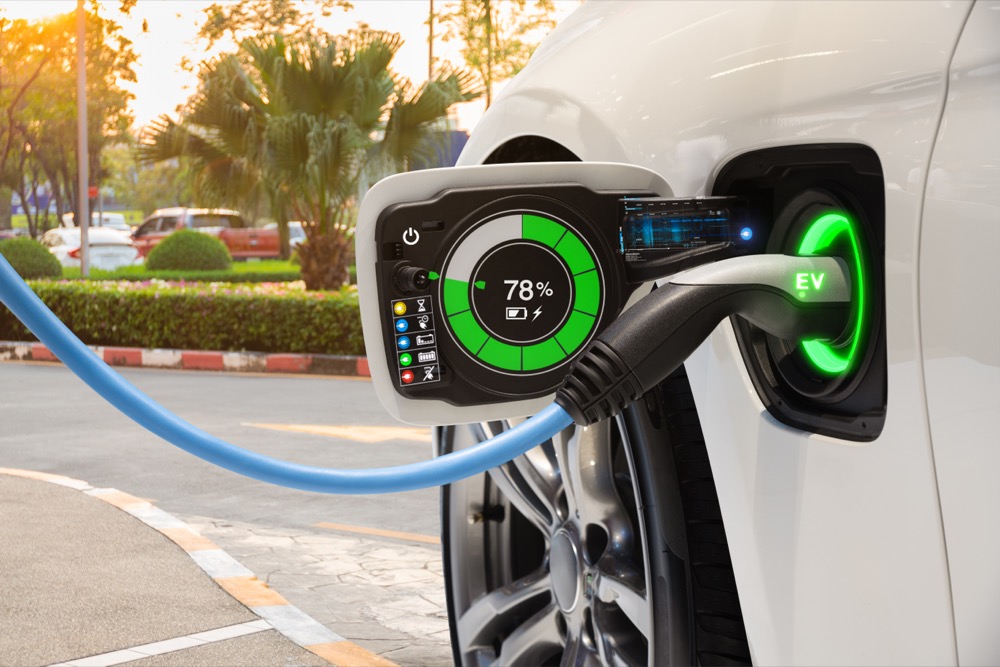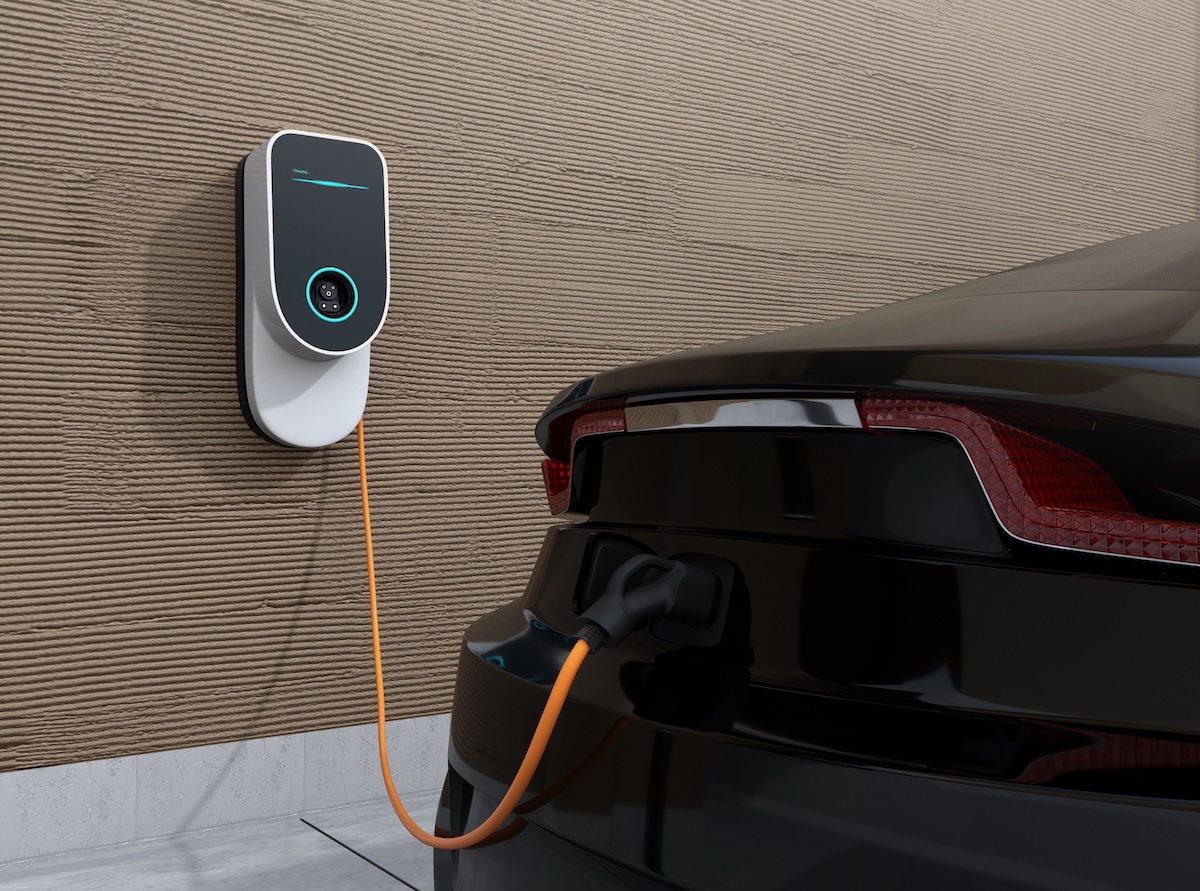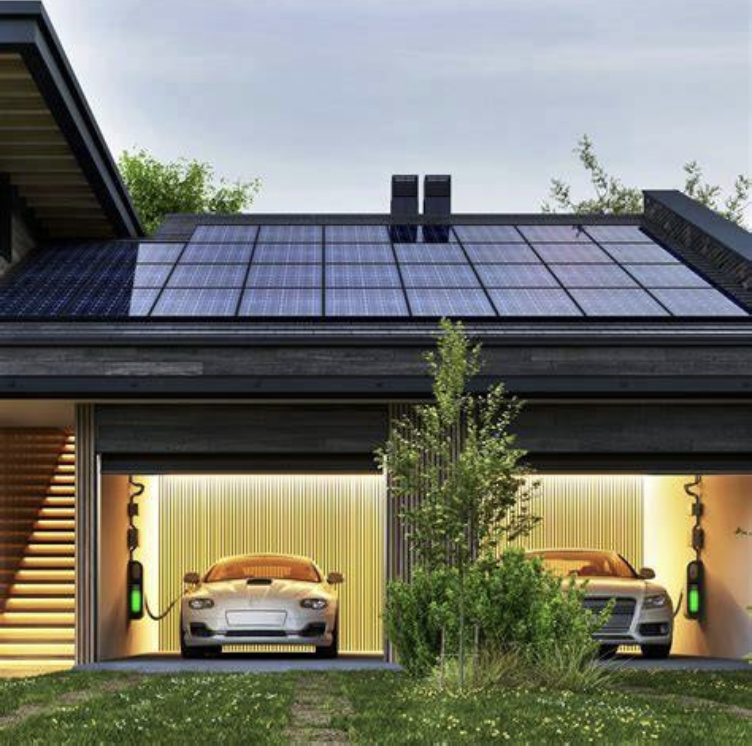
As electric vehicle (EV) adoption accelerates—with the International Energy Agency reporting a forty percent year-on-year increase in home EV charger installations across Europe and America in 2025—homeowners embracing this shift face a hidden risk: their valuable charging equipment often falls through the cracks of standard home insurance. A level two EV charger, the most common home model, can cost between one thousand five hundred euros and two thousand five hundred dollars, plus professional installation fees. Yet, traditional policies rarely cover damage from electrical surges, weather events like hailstorms, or theft—threats that have grown alongside the rise in charger popularity. EV charging equipment insurance has emerged as a timely solution, tailored to protect this essential component of modern EV ownership.
This specialized insurance addresses three critical risks for home charger owners. First, equipment damage coverage reimburses costs for repairs or full replacement if the charger is damaged by unexpected events: electrical surges (a top cause of failure, per 2025 data from the European EV Association), extreme weather (such as winter ice damage in Berlin or summer heatwaves in Texas), or accidental impact (like a misparked car hitting a garage-mounted unit). For example, a homeowner whose charger is fried by a power surge could recoup the full cost of a new unit, including installation fees up to five hundred euros or seven hundred dollars. Second, theft and vandalism protection covers losses if the charger is stolen or intentionally damaged—an increasing concern in urban areas, where portable charger components are targeted by thieves. Policies typically cover up to three thousand euros or four thousand dollars, enough to replace high-end smart chargers with app connectivity. Third, liability coverage is a standout feature: it pays for legal fees and compensation if a charger malfunction causes property damage (such as a fire that spreads to the home’s electrical system) or injures someone (like a visitor shocked by a faulty unit)—a gap standard home insurance often excludes.

The market for this insurance has expanded rapidly, with providers partnering with EV manufacturers and energy companies to offer integrated plans. In Europe, AXA (France) and Allianz (Germany) now include EV charger coverage as an add-on to home insurance, with discounts for customers who use chargers certified by brands like Bosch or Wallbox. These plans often include free annual safety checks, a popular perk for new EV owners. In the United States, Progressive and State Farm offer standalone policies with 24/7 claims processing—critical for owners who rely on overnight charging to commute. Some providers even offer “smart charger benefits,” covering repairs to app-enabled features (like connectivity issues) that standard policies ignore.
When choosing a policy, homeowners should prioritize three factors. Coverage limits must align with the charger’s total value, including installation—avoid plans with caps lower than two thousand euros or three thousand dollars, as high-end models exceed this. Claim speed is essential: look for insurers that process claims within three to five business days, as extended charger downtime disrupts daily EV use. Certification requirements also matter: many policies offer better rates for chargers certified by regional safety bodies (like Europe’s CE or America’s UL), ensuring the equipment meets quality standards. A 2025 survey of EV owners found that those with dedicated charger insurance reported sixty percent less stress about unexpected costs, compared to those relying on standard home insurance.

For modern EV owners, EV charging equipment insurance is more than a safety net—it’s an investment in the convenience of home charging. As EVs become a staple of daily life, this insurance ensures that a single mishap doesn’t derail the efficiency of owning an electric vehicle. In a world moving toward sustainable transportation, it’s not just a practical choice, but a necessary one to protect the tools that make clean driving possible.



